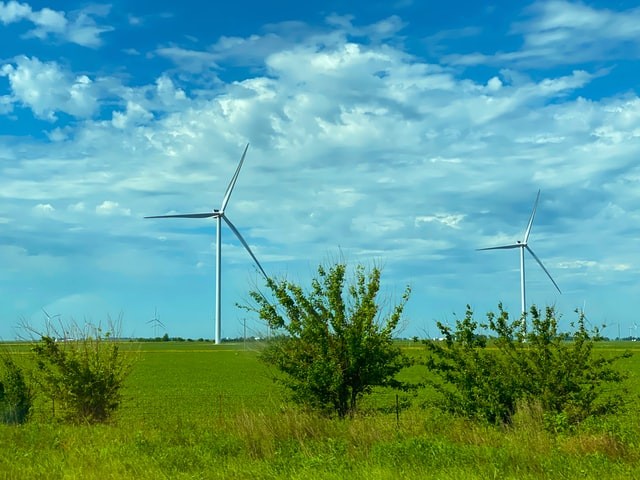The stability of our global environment hangs in a delicate balance in terms of technological innovation and industry. While technology is arguably one of the prime factors that make the world function more efficiently, it does cause issues with the wellbeing of our planet. For instance, the technology utilized in manufacturing and energy production for big businesses and consumers produces a significant amount of pollution.
On the other hand, technology has the power to conserve energy, restore ecosystems and potentially eradicate greenhouse gasses in the atmosphere. Advances in AI and robotics could hold the key to bridging the gap between technologies being helpful versus harmful to the environment. Read on for ways advancements in technology work to enhance and benefit the environment rather than cause future damage.
Technology and Renewable Energy
Perhaps one of the crowning achievements of advanced technology is its application in producing renewable energy. Also known as 'green energy', this type of power comes from renewable resources such as the wind and sun. Here are a few ways technology is harnessed to provide green energy.
Solar Energy: Solar technology works to convert sunlight into energy using photovoltaic panels or mirrors. These panels capture solar radiation which produces electricity and then can be used instantly or stored in batteries for later use. Technology using solar power can potentially save $167 billion dollars in environmental damages by reducing air pollution.
Wind Energy: Utilizing the wind for energy isn't a new thing. Windmills became popular in Europe in the 14th century with an estimated 200,000 dotting the countryside by the 1850s. Today's technology has taken this old idea to the next level by using wind turbines. A wind turbine converts the wind power into electricity by utilizing aerodynamic force from propeller blades. When the wind blows, it turns the rotor blades which are connected to a generator that produces energy.
Hydropower: Renewable hydropower can generate about 3500 TWh per year and currently accounts for producing almost 18% of the world's electric use. The technology behind hydropower allows the kinetic energy of water movement to be driven into a generator which converts that energy into electricity. While hydroelectricity is the least utilized among the three renewable energy sources mentioned here, it is still highly effective in reducing pollution caused by petroleum-based energy sources.
Robotics Used for Environmental Conservation
If you think robots are the stuff of movies or science fiction, think again. More and more, robots are changing the way we live, including improving our environment. Read on for surprising ways robotics is contributing to help the planet.
Recycling Robots: Before the help of robots, collecting waste and processing recyclable materials was done exclusively by human hands. It's a dirty job, and thankfully, robots are up to the task. Technologically advanced robots are able to identify different textures, colors, sizes, and shapes of waste materials. This makes it easier to sort waste for recycling, which reduces the use of landfills by 32%.
Robot Hazmat Applications: Hazardous materials are a big danger to the earth by tainting water supplies, negatively impacting soils, and even emitting toxins into the air. As these hazardous materials are harmful to humans, robots are utilized to detect or remove contaminated areas. For example, a specialized remote surveillance robot can be deployed into toxic, biohazard areas in order to obtain hazmat readings. This data mined from robots provides valuable feedback to researchers and scientists who then determine corrective courses of action in case of contamination.
Robots and Clean Water: Perhaps one of the most impressive examples of technology improving the environment is seen in pollution-eating robots. The University of Bristol developed a submersible robot that digests toxins in the oceans which, in turn, powers the robot's motor. These robots could significantly reduce the damaging impact of chemicals and pollutants leached into the water by oil tankers or industrial shipping boats.
Cutting-Edge Technology and the Future of the Environment
These are just a few examples of how technology is helping the environment. As more advances in AI and robotics are made, it's a foregone conclusion that technology will play a major role in improving our planet's soil, air, and water conditions.
* This is a contributed article and this content does not necessarily represent the views of sciencetimes.com















